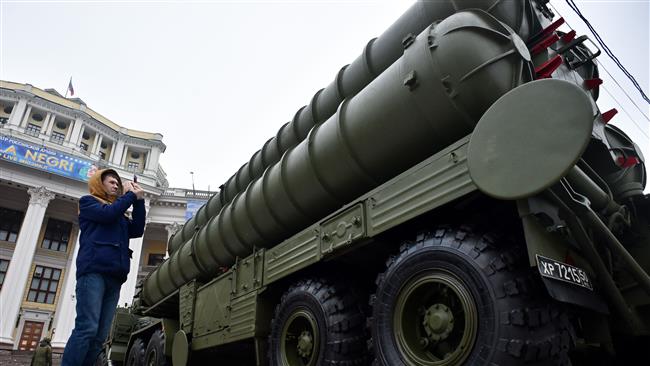“I think we will deliver the S-300 by the end of the year…The first delivery will be in September or August,” Sergei Chemezov, the head of Russia’s industrial conglomerate Rostec said in an interview with The Wall Street Journal on Friday.
Last month, Iran’s Defense Minister Brigadier General Hossein Dehqan said the country would take delivery of the first batch of S-300 in the first quarter of 2016.
Russia committed to delivering the systems to Iran under an over USD-800-million deal in 2007. Moscow, however, refused to deliver the systems to Tehran in 2010 under the pretext that the agreement was covered by the fourth round of the United Nations Security Council sanctions against Iran over its nuclear program.
Following Moscow’s refusal to deliver the systems, Tehran filed a complaint against the relevant Russian arms firm with the International Court of Arbitration in Geneva.
In April 2015, Russian President Vladimir Putin signed a presidential decree, paving the way for the long-overdue delivery of the missile defense system to Iran.
The decision came after Iran and the P5+1 group of countries – the United States, France, Britain, China and Russia plus Germany – reached a mutual understanding on Tehran’s nuclear program in the Swiss city of Lausanne on April 2, 2015.
Tehran also developed its domestically-built Bavar-373 air defense system, which was successfully test-fired in August 2014. The Bavar-373 long-range missile defense system, which is similar to the Russian S-300, has been manufactured by Iranian defense experts, and is capable of hitting air targets at a high altitude.
In recent years, Iran has made great achievements in its defense sector and attained self-sufficiency in producing essential military equipment and systems.
